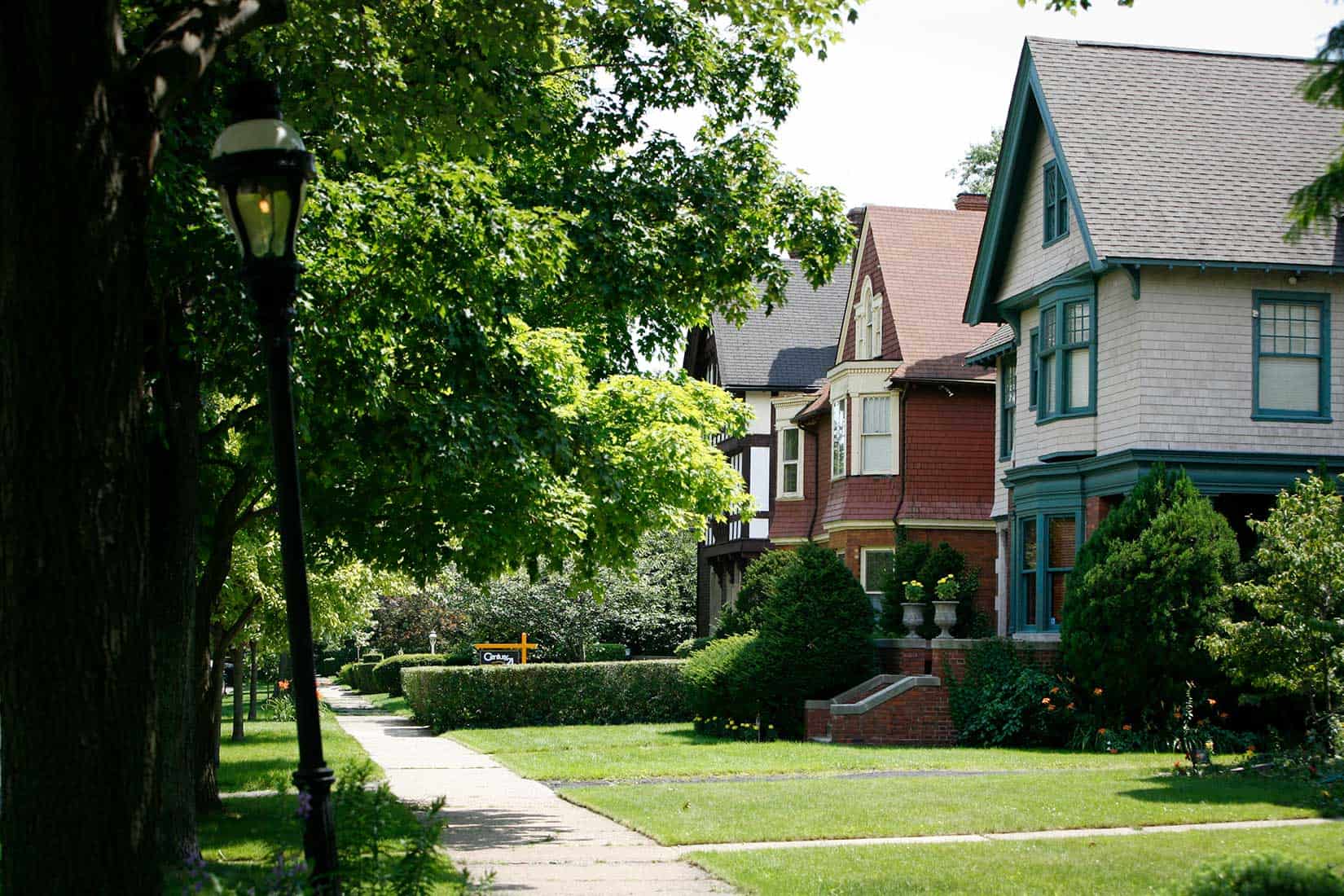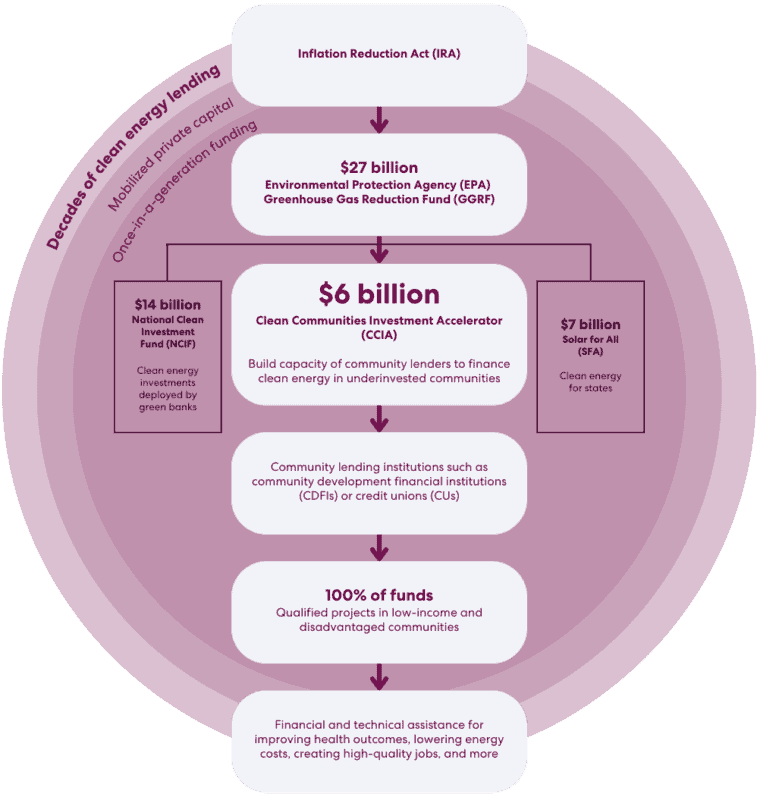
From financing new furnaces to first homes and small business loans, credit unions (CUs) and community development financial institutions (CDFIs) are in the transformation business. With their focus on the people and places they serve, they are often witness to the life-changing impact of equitable financing and its ability to transform lives and communities.
A recent move by the Environmental Protection Agency (EPA) aims to use this powerful mix of community lenders and equitable funding to create unprecedented clean energy opportunities in areas that are usually passed over for this type of change—transforming not only lives and communities, but the entire green lending ecosystem along the way. Until now, many disadvantaged communities have been historically underserved when it comes to green lending. Often, the ones who could benefit the most from energy upgrades—individuals with low to moderate incomes—face substantial barriers accessing financing for clean energy or energy efficiency projects for their homes and businesses.
This is about to change. The shift begins with the nation’s largest single investment to address the climate crisis—the EPA’s $27 billion Greenhouse Gas Reduction Fund (GGRF). This once-in-a-generation investment will accelerate the reduction of greenhouse gas emissions and air pollutants while addressing equity and mobilizing private capital, turning a one-time deposit into a continually revolving and growing system that can meet the needs of low-income and disadvantaged communities for decades.
The GGRF will get the money into state and community coffers through three competitions—the $14 billion National Clean Investment Fund (NCIF), the $7 billion Solar for All program, and the $6 billion Clean Communities Investment Accelerator (CCIA) competition. Each of these grants will impact very different sections of the economy, but their combined influence will affect the nationwide clean energy finance ecosystem by bringing an unprecedented amount of clean energy funding to historically underserved communities.
Substantial funding from the GGRF will be available in Michigan from all three of the grant competitions through a variety of sources. At Michigan Saves, we are excited about the overall picture and look forward to collaborating with organizations throughout the state and nation to capitalize on these funds and transform the green financing market for decades to come.
For CUs, CDFIs, and other community lenders, we are most excited about how the $6 billion CCIA grant could impact your ability to lend and finance clean energy projects far beyond what was previously possible.
What is the CCIA and how can you participate?
The $6 billion CCIA grant will be awarded to up to seven nationwide nonprofits to create funding hubs. Unlike the other two GGRF competitionsNCIF and Solar for All—these funds come with a requirement that the selected nonprofits will need to pass 95 percent of the monies they receive to community lenders such as CUs and CDFIs across the country. Those community lenders will in turn use 100 percent of the funds they receive to provide financing for clean energy projects in low-income and disadvantaged communities. Community lenders can additionally receive grants and technical assistance services from the nationwide nonprofits for program administration to aid their clean energy lending programs.

For community lenders in Michigan, this is big money to create even bigger change. Every eligible community lender in Michigan could receive up to $11 million, with up to $10 million in capitalization to provide financial assistance and up to $1 million in technical assistance for staff and overhead.
Community lenders can use the CCIA funds to improve financial assistance in the green lending space for disadvantaged communities with programs such as:
- Financial products, including debt instruments
- Equity
- Credit enhancements
As technical assistance can be offered both from the nonprofit to community lenders and from community lenders to others, more community lenders can build their capacity for providing financial assistance for clean energy projects in historically underserved communities. This increased capacity could come in many forms, including training, market analysis, staff, and developing new financial products.
By boosting the balance sheet of community lenders with sizable amounts of capital and technical assistance funding for clean energy projects in disadvantaged communities, the CCIA has the potential to revolutionize green financing for decades to come. What is Michigan Saves’ role in this transformation? Stay tuned!
Learn more about our efforts to collaboratively implement the GGRF in Michigan
"*" indicates required fields


